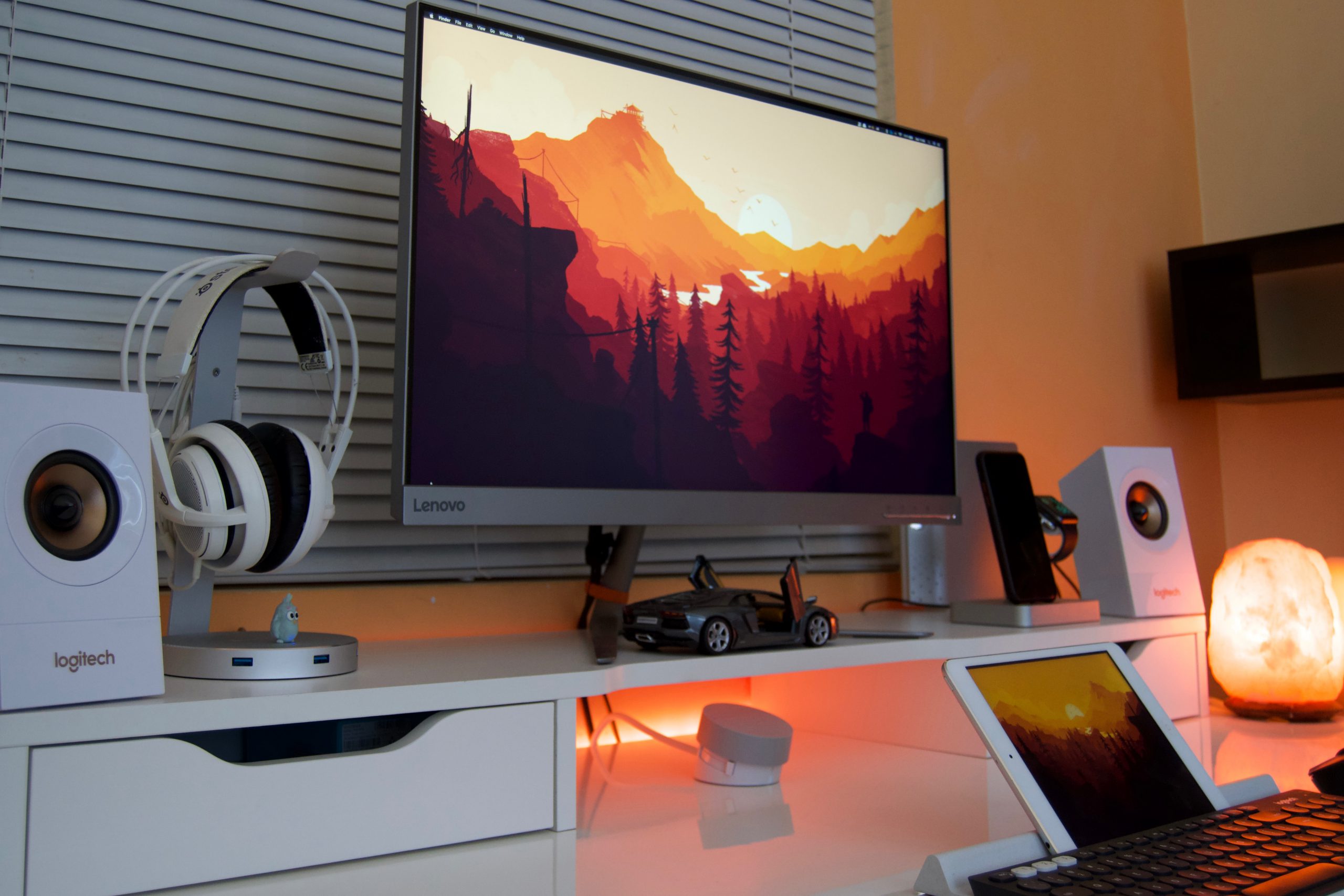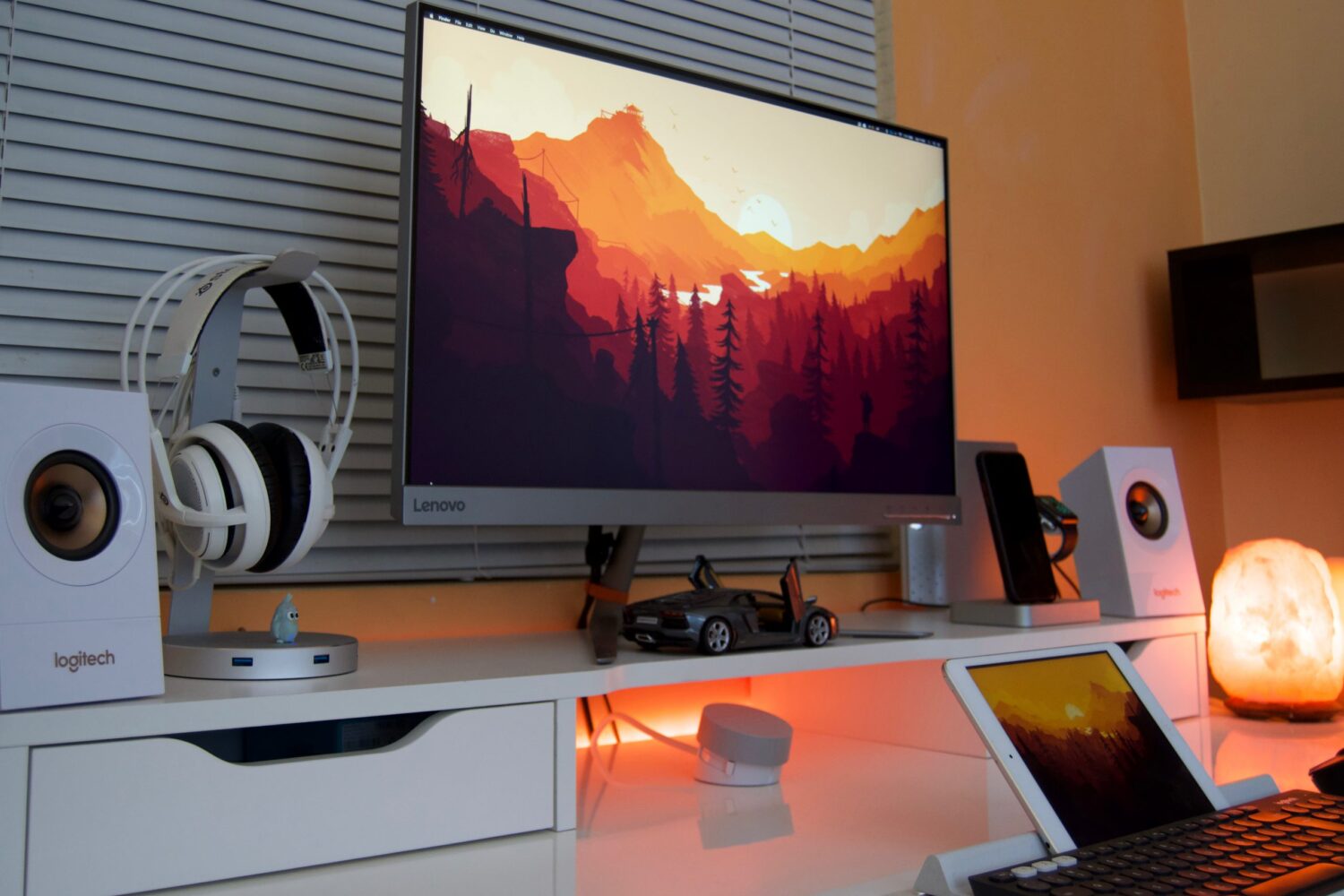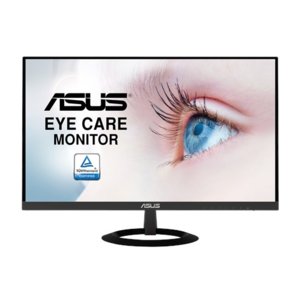How to choose a monitor – the most important tips and tricks

How to choose a computer monitor? This question is asked by many people who wonder what computer monitors are the best. Buying a new computer is a real challenge. Especially when a person who does not have professional knowledge in this field is involved in the purchase. The market offers so many different devices that finding a good computer and monitor can be really difficult. In this article, we advise the most important tips and tricks to follow when selecting a monitor. We invite you to read it carefully!
How to choose monitors – here are the most important tips and tricks!
How to choose the best monitor for a computer? Which monitors should you definitely avoid? What is the difference between the most popular IPS, MV and TN matrices? When are viewing angles important? Which screen aspect ratio will be best under the circumstances? In the rest of the article, we answer all these important questions.
Proportions and diagonal – what should you pay attention to?
There are people who, when buying computer monitors, first of all think about buying the device with the largest diagonal. However, it is worth knowing that such thinking is not quite as good as it seems to be. You have to be aware that the large diagonal does not unequivocally translate into greater comfort of work. In many cases, a 20-inch or 19-inch monitor may be enough.
When deciding on the diagonal of the monitor, you must take into account the amount of space that we have at our disposal in a given room and the distance between us and the monitor. All experts recommend that the monitor should in no case be closer than 50 centimeters from our eyes. The principle that the whole screen of the monitor should be easy to grasp with the eyes without having to move the head is also extremely important. Otherwise, prolonged exposure to the computer can cause very painful headaches.
The next point that goes hand in hand with the diagonal is proportion. Manufacturers currently produce monitors in several of the most important proportions. By far the most frequently used aspect ratio of the monitor screen is 16: 9 (the so-called TV aspect ratio) – it is a widescreen format that is able to guarantee the image quality at the level of 1920 x 1080, i.e. Full HD. This format is still most commonly used in Polish homes. There are of course also higher resolutions in this format, for example 4K Ultra HD.
The other types of screen aspect ratios are 21: 9, 16:10 – however, they are used much less frequently than the 16: 9 aspect ratio. Monitors with such proportions, as a rule, are chosen by professionals.
Resolution of monitors
The resolution of the monitor is one of the most important elements determining how the image we see on the screen will look like. It is responsible for the detail of the image. Monitors with large diagonals are able to offer us a much larger working area and allow for a much better use of high resolution.
By far the most commonly used type of resolution is 1920 × 1080, which is Full HD resolution. It is completely sufficient if we want to use our computer for classic activities, i.e. watching movies, playing games. Monitors with such a resolution are the most attractive in terms of price, which is why we recommend that you reach for them. The second type of resolution is 2560 × 1440 (QHD) – this is a resolution dedicated to more demanding users. Offers a larger workspace and better image detail. This resolution is the best for monitors with a screen size of 27 inches and larger – in such models we can see great benefits in increasing the image quality.
Another resolution is 3180 × 2160, or 4K Ultra HD. It offers the greatest detail of the image and a huge work space to use. Monitors with such a resolution are recommended primarily for professionals who want to have indestructible equipment at their disposal with a monitor that works perfectly well even for the most advanced computing operations.
Which monitor matrix will be the best? We answer!
Below, we briefly present a number of the most important information regarding the types of matrices in monitors.
- IPS matrix – it is a matrix in which the liquid crystal molecules are situated parallel to each other and also to the screen surface. Thanks to this technology, IPS matrices are able to offer image quality at a really very high, world level.
- TN matrix – this is a matrix that is used in cheaper type monitors. Their disadvantage is lower image quality and very narrow viewing angles.
- VA matrix – this type of matrix is a kind of compromise between the matrices described above. Image quality is better than TN, but a bit worse than IPS.







